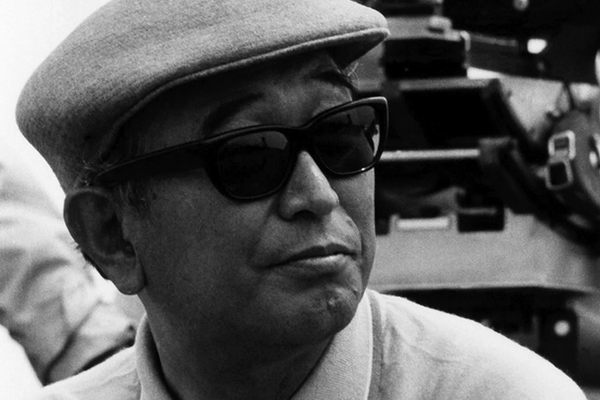It doesn’t matter what you call it. Call it Burma. Call it Myanmar. It’s the same place on the map – the crossroads of Asia. It’s where people, states and cultures merge, and clash. It’s a motley mix of 135 officially recognized ethnic groups, many of them indigenous. Historically, few of these groups would’ve thought of themselves as belonging to the nation of Myanmar. And even now, some cling to hopes of sovereignty.


But there are commonalities that bridge these people and distinguish Myanmar as a real place. Almost all youth paint their faces with thanaka – a paste made of ground thanaka wood and water. Most wear the longji – a long patterned tube of fabric that is artfully tied at the waist. And many chew betel nut.
In the 19th century, the British brought the ills of colonialism and the modernization of infrastructure and education. The ills have lingered and the modernizations mostly erased during the country’s long years of isolation under military rule.


But today the country is booming – a virgin land for international investors and aid programs to direct their hopes and resources. The military and its cronies still control the government and much of the economy, but some things have changed.
Checkpoints along roadways and railways are fewer. Common people do not fear interaction with foreign visitors. There is more space for speech and for life in general.
Some things remain the same. The train tracks and cars date back to colonial times. They clack, rattle, and roll from side to side as they crawl through countryside largely untouched by modernity.
is booming – there is more space for speech and for life.
The Salween River, the last great river unobstructed by dams, descends from the Himalayas and flows through some of the wildest regions remaining in the world. Lands where languages live for their last generation. Lands controlled by ethnic armed groups protecting poppy fields, amphetamine factories, and fading cultural identities. The Salween flows past Buddhist temples perched on karst limestone cliffs near Hpa-An and past Mawlamyine, where George Orwell worked as a civil servant. Finally, the Andaman Sea embraces it and fishermen reap its bounty.


To the west, the Irrawaddy River courses through the country’s Burman heartland, past Mandalay, the city of the country’s last king. It passes Bagan, a vast landscape strewn with crumbling pagodas and temples from a lost kingdom. It flows to the fertile rice paddies in the delta region that is home to Rangoon, a thriving city full of neglected colonial buildings and roads recently clogged with cars made for other countries.


In 1970, ruling general Ne Win declared that drivers would hereby drive on the right side of the road, rather than on the left side as established by the British system. The country’s drivers made the change, with the steering wheels remaining on the right side. Today, most of the cars still have steering wheels on the right side, hindering drivers from seeing oncoming traffic. To outsiders it is an amusing idiosyncrasy; to the Burmese, an unfortunate metaphor for the country’s tortured history and direction going forward.


The yoke of colonialism still weighs heavy on Burma. The road to modernity will not be easy. Along the way this country risks losing the cultural and natural diversity that makes it unique. But with such diverse inputs there may be diverse outputs: fewer KFCs and more teahouses, less sweatshops and more small farms, fewer dams and more forest communities prospering in ways long lost elsewhere. The crossroads of Asia, at a crossroad once again.



